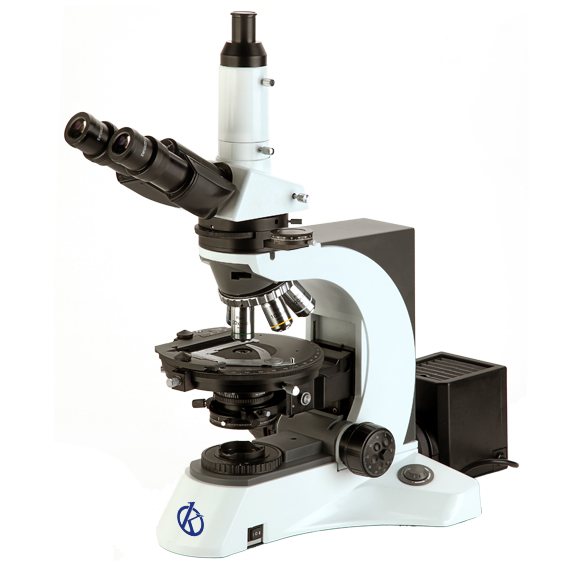Polarization refers to the phenomenon that causes light rays to refract only in specific directions. It is an important concept known for a long time and is the foundation for the production of optical lenses. This property was first discovered in the early 19th century. Since then, it has been applied to a variety of fields, from photography to military technology.
In the field of microscopes, polarization is used in several ways, from analyzing reflected light to improving microscopic visualization. There are already several manufacturers of instruments that have on sale several equipment of this type, at prices that respond to their quality and potential applications. There are several features to consider when purchasing these devices.
Optical microscopes are indispensable tools for high-performance microscopy and for viewing small objects such as bacteria, cells, and even macromolecules. To function properly, a microscope needs a lens and a lighting system. The light entering the lens is refracted, which makes the image magnified, thus allowing the details to be visible.
What is polarized light imaging?
When viewed through an unpolarized optical microscope, light is refracted in all directions, resulting in a blurred image. This is because unpolarized light contains different wavelengths, which are refracted in different directions. This results in light scattering, which reduces image quality.
The so-called effective polarization is done with a pair of lenses and a polarizing foil. A polarizing lens, as its name suggests, is able to polarize the light rays that pass through it, causing them to refract only in specific directions. The second lens is designed to adjust the polarization of light so that the image displayed on the microscope eyepiece is clear.
The polarization pattern of the light can be adjusted in a linear, circular and cross-mode manner. The linear form is used in ultraviolet microscopy, although it can also be used for fluorescence and phase contrast microscopy. Circular polarization is mainly used with interference microscopy and cross polarization is used with reflectance microscopy.
What is polarized light used for in microscopy?
Polarization can also be used to improve contrast and image definition. The phase contrast technique is the most common. This technique is based on the phenomenon of refractive index deviation, which occurs when white light passes through samples with different refractive indices. Objects with different refractive indices deviate in different directions, resulting in a pattern of light and shadow rings on the microscope target. This allows you to view objects that would otherwise be invisible.
Another way polarization can be applied is with diffusion contrast. This technique is based on the phenomenon of light diffusion. Light spreads at similar angles to the object, making the objects and background appear more contrast. This technique is mainly used in microbiological analysis, such as studying bacteria, fungi or any other type of microorganism.
In conclusion, polarization is an important phenomenon for the application of optical microscopy. The polarization of the light allows for sharper and sharper images, improving the quality of the microscopic image. It can also enhance contrast and provide additional information about the structure and behavior of objects you are working with. By applying the principles of polarization, researchers can obtain much more information from the microscopic objects they study.
Kalstein polarized light microscopes
Kalstein designs and manufactures polarized light optical microscopes that have wide applications in many laboratories. These teams use a Bertrand lens that can be adjusted, and can range from an orthoscopic observation to a conoscopic observation. More technical information on this team to purchase, check the links HERE and HERE.

